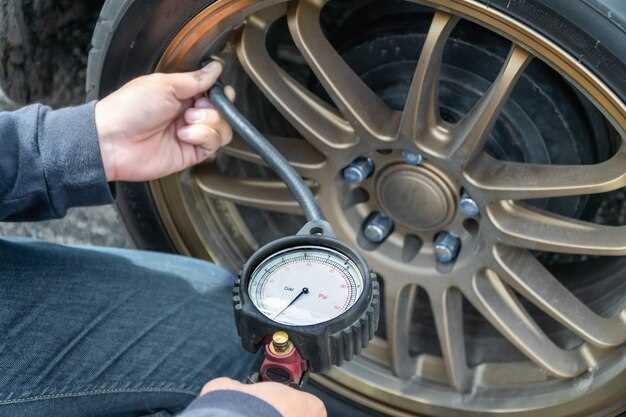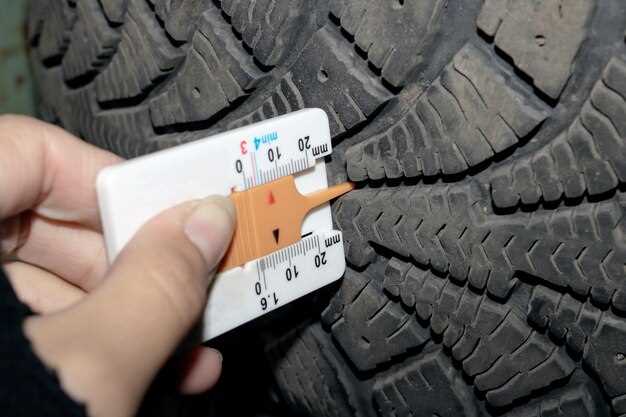
Maintaining the correct pressure in your tires is essential for ensuring safety, enhancing fuel efficiency, and prolonging the lifespan of your tires. Properly inflated tires provide better handling, improved traction, and greater comfort during your drive. Ignoring tire pressure can lead to premature wear and potentially hazardous driving conditions.
To check and inflate your tire pressure accurately, it is crucial to follow a systematic approach. First, familiarize yourself with the manufacturer’s recommended tire pressure, which is typically found on a sticker inside the driver’s side door or in the vehicle’s manual. Understanding how to measure and adjust your tire pressure can significantly impact your vehicle’s performance and safety.
Regular inspections and adjustments of your tire pressure are necessary, especially during seasonal changes and before long trips. This article will guide you through the steps needed to check and inflate your tires effectively, ensuring your vehicle operates smoothly and safely on the road.
Tools You Need to Check Tire Pressure Accurately
To ensure safe driving and optimal vehicle performance, it’s essential to maintain the correct tire inflation pressure. To check tire pressure accurately, you will need the following tools:
Tire Pressure Gauge: This is the primary tool for measuring tire pressure. You can choose between analog and digital gauges. The digital gauge tends to provide more precise readings, while analog versions are often more durable. Ensure the gauge is calibrated for accurate results.
Portable Air Compressor: Keeping a portable air compressor on hand allows you to inflate your tires to the recommended pressure quickly. Many models come with built-in pressure gauges, making it easy to monitor inflation while you work.
Valve Stem Tool: If you encounter stubborn valve stems, a valve stem tool can help. This small device allows for easy access to the valve core, ensuring that you can check or inflate your tires without hassle.
Shop Manual or Owner’s Manual: Your vehicle’s manual contains the manufacturer’s recommended tire pressure for both front and rear tires. Having this reference handy ensures you know the correct inflation levels before checking.
Cleaning Cloth: Keeping a cleaning cloth nearby helps maintain the cleanliness of the valve area. Dirt or debris can affect the accuracy of your pressure readings, so it’s essential to wipe the valve stem before use.
By using these tools, you can accurately check and inflate your tire pressure, leading to better tire performance and safety on the road.
Step-by-Step Guide to Inflating Your Tires Correctly

To ensure optimal performance and safety, proper tire inflation is crucial. Begin by checking your vehicle’s owner manual or the sticker inside the driver’s door for the recommended tire pressure specifications. This value is usually given in pounds per square inch (PSI).
Next, gather the necessary tools: a reliable tire pressure gauge and an air compressor. If you don’t have an air compressor at home, you can find one at a nearby gas station.
Start by checking the current tire pressure. Remove the valve cap from the tire and press the tire pressure gauge onto the valve stem. The gauge will display the current pressure. Compare this measurement with the recommended PSI. If the reading is lower than the specified value, it’s time to inflate.
Attach the air compressor nozzle to the valve stem, ensuring a snug fit to avoid any air leakage. Begin inflating the tire while periodically checking the pressure with your gauge. Inflate gradually; it’s important not to over-inflate, as excessive air pressure can lead to tire damage and increased wear.
Once you reach the desired PSI, remove the air compressor nozzle and quickly replace the valve cap to secure the tire. Repeat this process for each tire, including the spare, if necessary. Regular checking and inflation of your tires will enhance your vehicle’s efficiency and ensure a safer driving experience.
Common Mistakes to Avoid When Checking and Inflating Tires

One of the most frequent mistakes drivers make is checking tire pressure when the tires are hot. Tire pressure can increase with heat from driving, leading to an inaccurate reading. Always check the pressure when the tires are cold, preferably after the vehicle has been parked for a few hours.
Another common error is neglecting to use an accurate pressure gauge. A faulty or cheap gauge can give misleading readings, resulting in either under-inflation or over-inflation. Invest in a reliable gauge to ensure that you are measuring the correct pressure.
Many people also forget to consult the vehicle’s manufacturer recommendations for tire pressure levels. Each vehicle has specified pressure settings that optimize performance and safety. Ignoring these guidelines can lead to poor handling and increased tire wear.
Over-inflation is a critical mistake that can result in a harsh ride and reduced traction. Always aim for the recommended pressure without exceeding it. It’s important to be cautious, as high pressure can lead to blowouts, especially under heavy load.
Another misconception is that all tires can be inflated to the same pressure. This is incorrect; different tires require different levels of inflation, depending on their size and intended use. Make sure to check the specific requirements for each tire type.
Lastly, being unaware of the tread condition might lead to overlooking potential issues. Tires with significant wear can affect how they hold air pressure. Regularly inspect the tread to not only assess inflation needs but also to ensure overall safety on the road.



